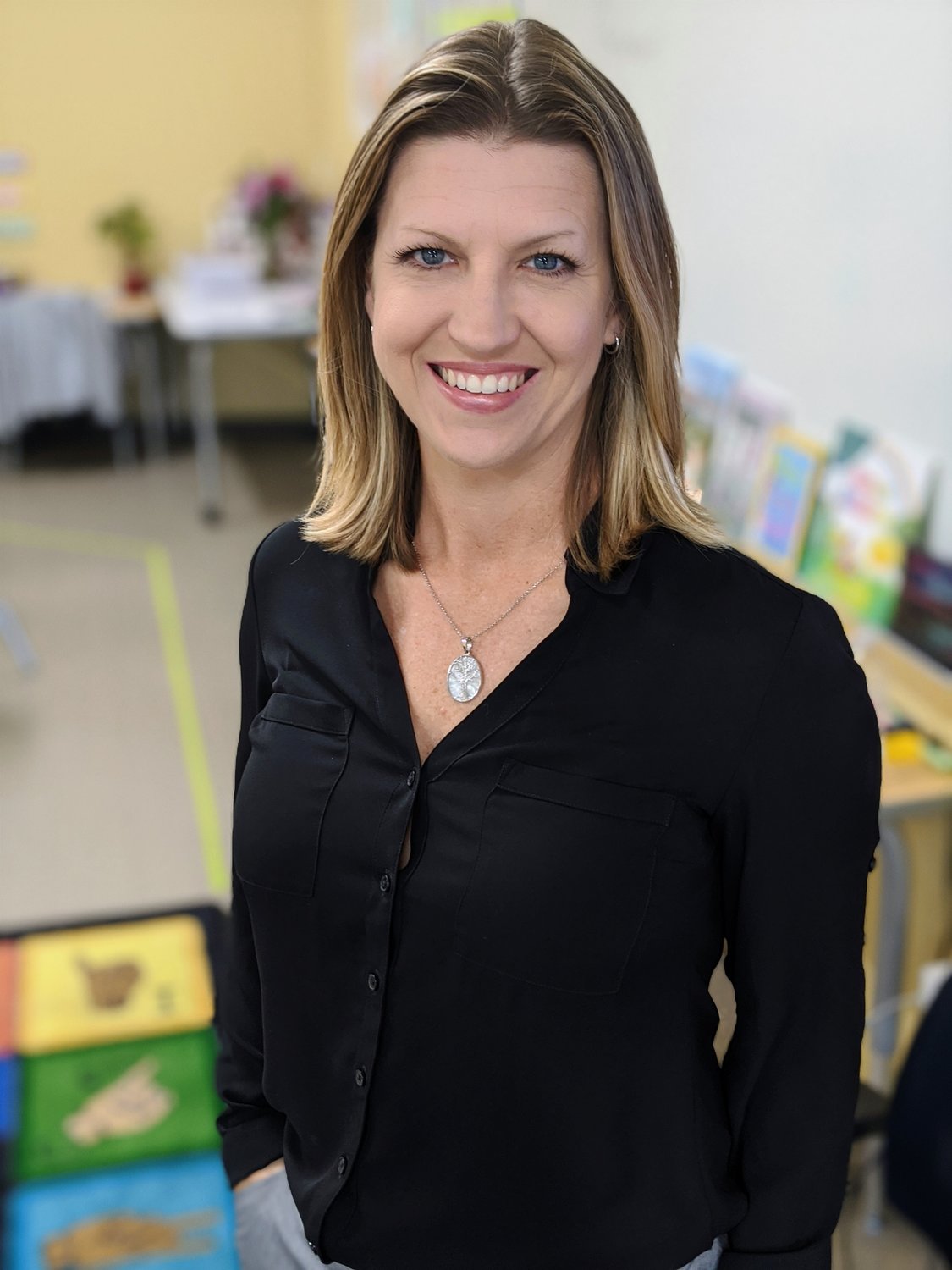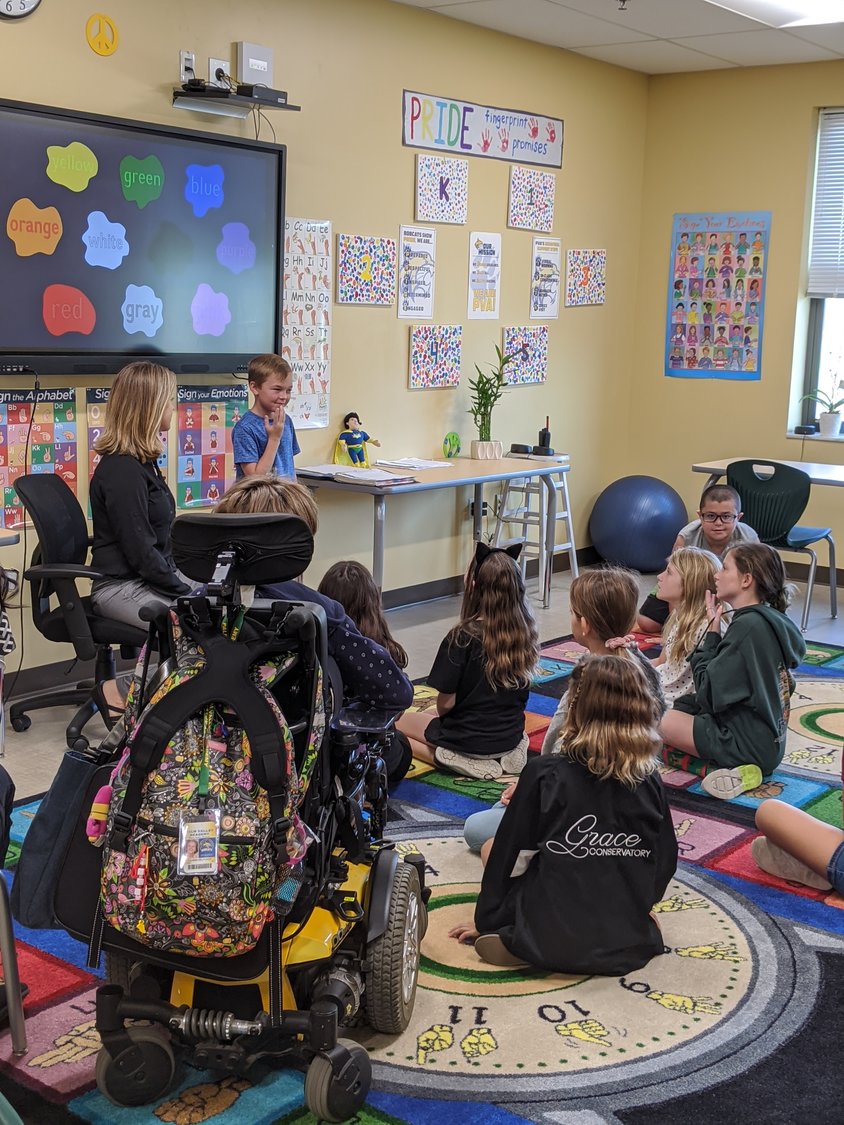Palm Valley Academy teacher connects students through American Sign Language
Julie Durden was in college when her niece was born. Although her big family was close, she didn’t expect the event would change the entire trajectory of her life — but it did.
Soon after the baby’s birth, the family learned she was born profoundly deaf. The news hit the family hard because they didn’t know much about deafness. Being a family of action, they rallied together and decided every member would be required to learn American Sign Language. Since she was already in school, Durden enrolled in her first American Sign Language ASL class.
Sixteen years later, Durden has been voted by her colleagues as a finalist for the district’s 2020 Teacher of the Year. She is the only teacher in the district that teaches ASL on an elementary level. While some schools offer ASL clubs, very few public elementary schools provide sign language in a classroom setting. The school’s principal, Jessica Richardson, felt there was not only an opportunity to expand foreign language diversity for the students but that the visual nature of ASL could help student’s ability to learn — both deaf and hearing. The practice caters to not only visual and auditory learners, but kinesthetic learning styles as well.
“When we have kids who might be having a hard time reading, understanding vocabulary, (we now work to) match the two so they could have this visual (representation) in their head to help them read and be better with literature,” Durden said.
According to recent studies on Visual-Auditory-Kinesthetic (VAC) learning, being able to address and provide opportunities for children to learn using all the sensory methods at an earlier age increases average academic successes later in life.
Durden said in addition to seeing ASL help students learn, it also has provided a tool for creating empathy and compassion in the classroom.
Recently, Palm Valley Academy hosted students from the St. Augustine-based Florida School for the Deaf and the Blind (FSDB). Due to the Academy students’ ability to communicate using ASL, many students from both schools were able to communicate and understand each other.
“We teach (deaf) culture in addition to language,” Durden said. Because of that, their FSDB visitors said “it was the most they ever felt accepted by a large group of people. That’s a huge thing because now we’re teaching acceptance as well. It's not just a thing that you move your hands for.” Transcending language barriers is the first step to understanding and creating connections between students, and empathy happens to come along for the ride. ASL is a great vehicle for compassion, as the language itself is geared toward self-expression.
“(With ASL) they'll see it and feel it,” Durden said. “That is what I love the most about it because you cannot just sign. It’s through expression that the sentences are formed. It's just such a beautiful language. It's so much deeper because you can truly express an entirely different way than you and I can speak it.”










